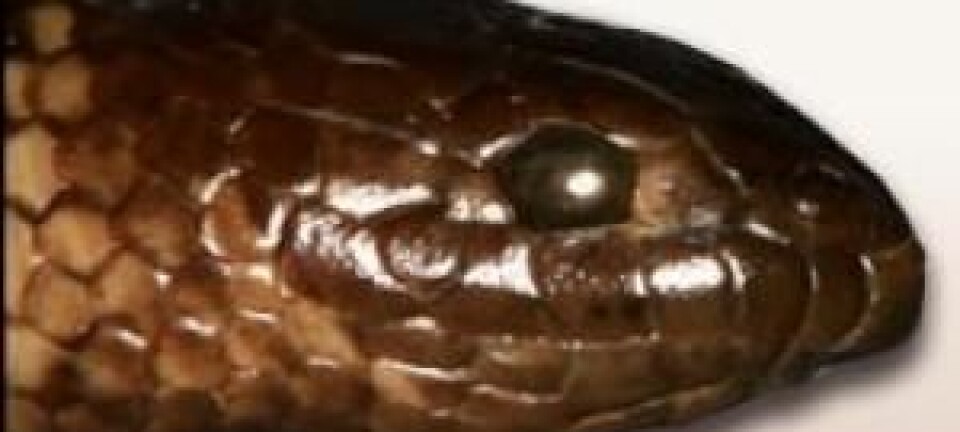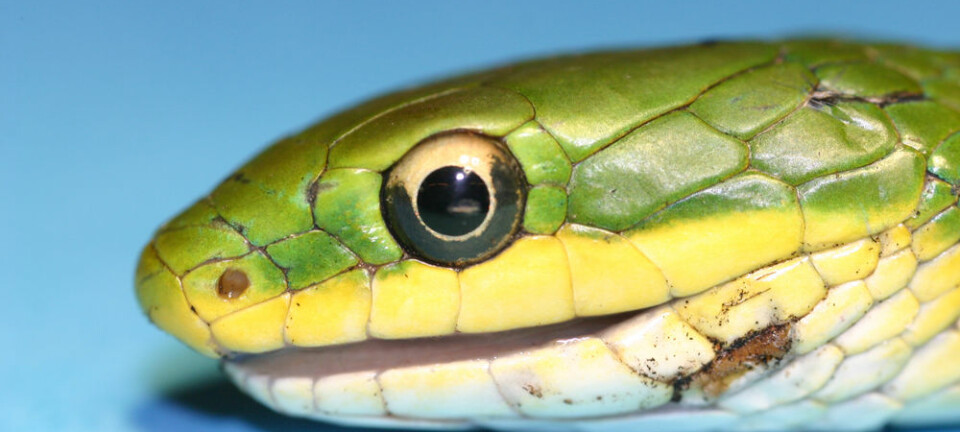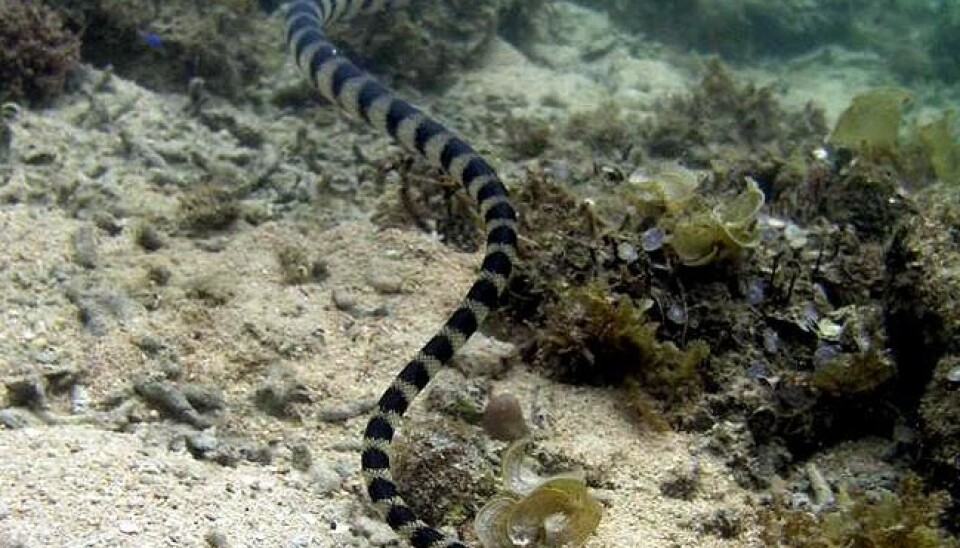
Sea snakes break rules of evolution
Evolutionarily speaking, sea snakes are some pretty weird creatures. They have evolved both large and small heads very quickly and apparently without being separated geographically.
When one species becomes two, it is usually because they have become geographically separated.
Random mutations in the genes of separated animals from the same species slowly turn them into distinct species over time. But this does not seem to apply to the sea snakes in the Indian Ocean.
These snakes develop new species side by side, and it goes very quickly, according to a new study of four different sea snake species, published in the journal Molecular Ecology.
One of the researchers behind the study is Associate Professor Arne Redsted Rasmussen, an expert on sea snakes at the Royal Danish Academy of Fine Arts, School of Conservation.
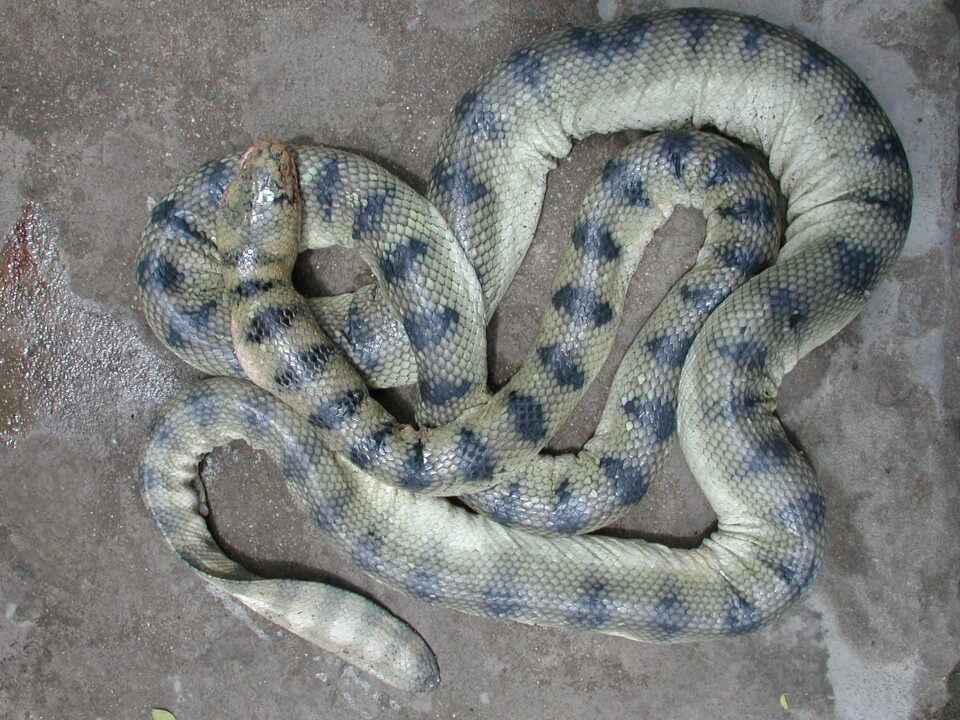
“We have looked at four different species. One is a common ancestor for the other three, all of which have evolved from having large heads and being almost three metres long to having small heads and a length of only around one metre – in a very short time,” he says.
Great bodily differences, small genetic differences
Although there is a great visible difference between a large-headed and a small-headed snake, on a genetic level the difference between the species is tiny.
”There are greater genetic differences between us humans and the Neanderthals than there are between these snakes. In the world of sea snakes you could almost call it a cousin party.”
Since the species are so genetically similar, the researchers believe they have evolved into different species over a very short period.
A few genes regulate actions of the other genes
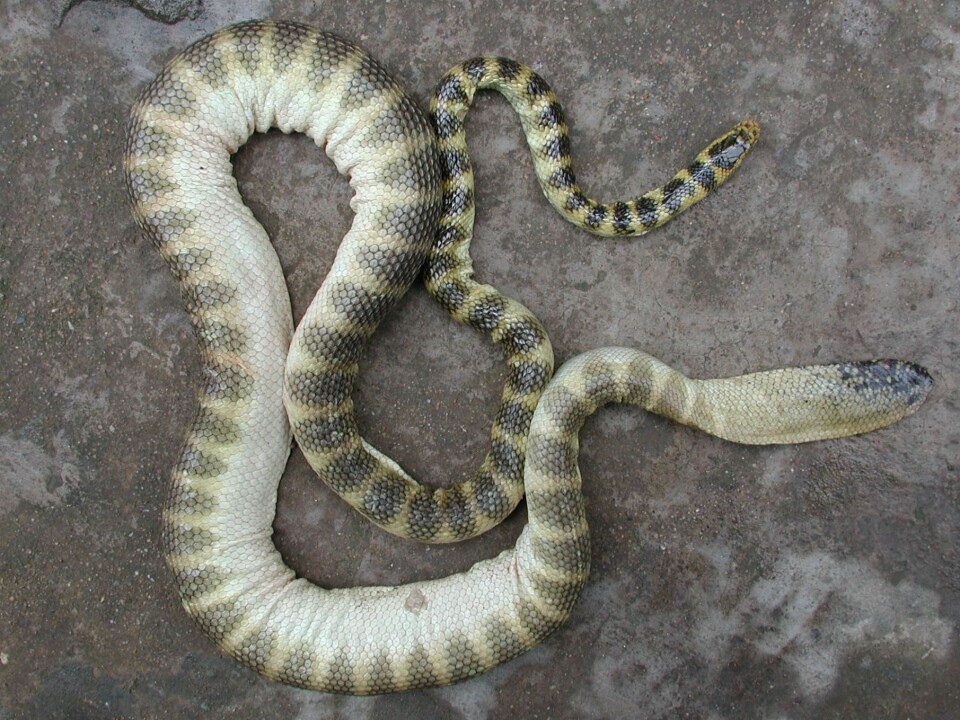
Rasmussen believes that some of the few genes that vary between the four sea snake species are so-called regulatory genes, which determine what the other genes should do.
The sea snake with the large head is born with a small head, which grows bigger the older it gets. The same is true of the snakes with small heads, but the difference here is that the head just stops growing long before the rest of the body.
”One could imagine that only very few genes may need to be modified to get the snake’s head to stop growing while it’s young,” he says.
That no less than three species have evolved from having a large head to having a small one, independently of one another, also indicates that this may not be the most demanding of developments.
There are greater genetic differences between us humans and the Neanderthals than there are between these snakes. In the world of sea snakes you could almost call it a cousin party.
”If it were very demanding, it would probably not have occurred – and certainly not as many times as this.”
Survival of the fattest
The more food, the more offspring. This is yet another one of the laws of evolution, and it is also the reason why the sea snakes have evolved smaller heads, according to the researchers.
A large head makes it possible to open the mouth widely, but it does not provide the same benefits on the seabed as a small head does.
The small heads enable the sea snakes to hunt snake eels that live in burrows. The small head enables the snakes to enter the tiny crevices, thus getting food that sea snakes with large heads can never get access to.
“It’s two different strategies, but both revolve around getting as much food as possible.”
--------------------------
Read the Danish version of this article at videnskab.dk
